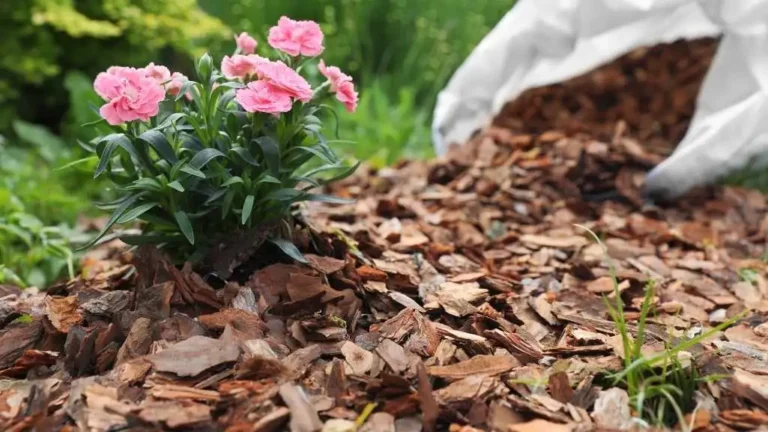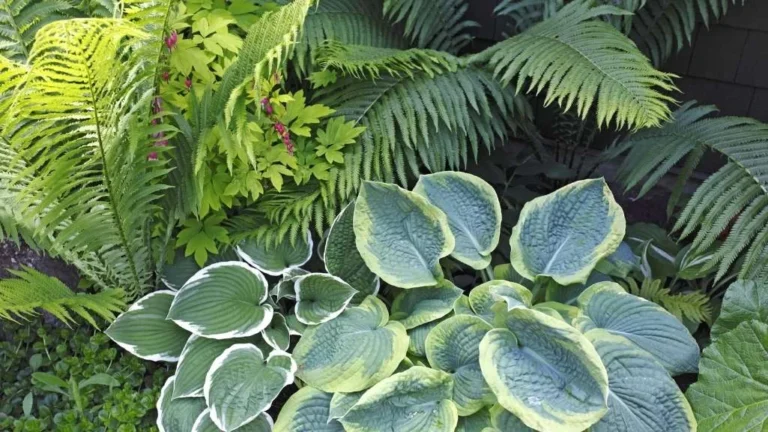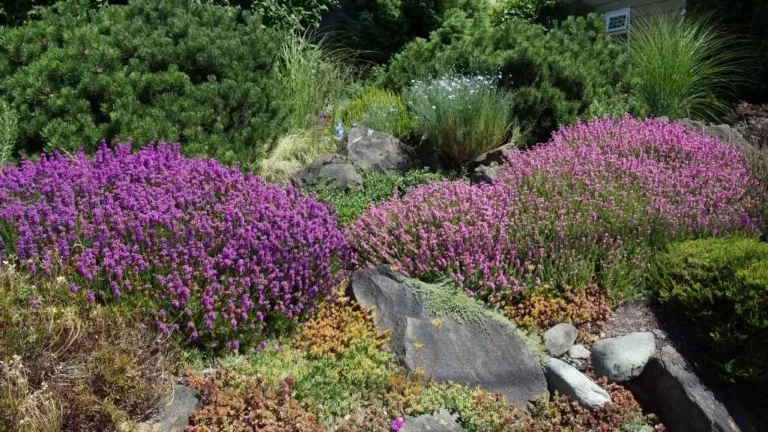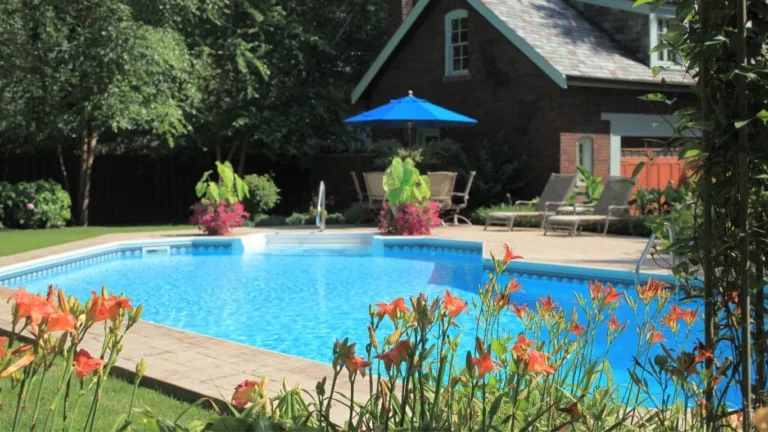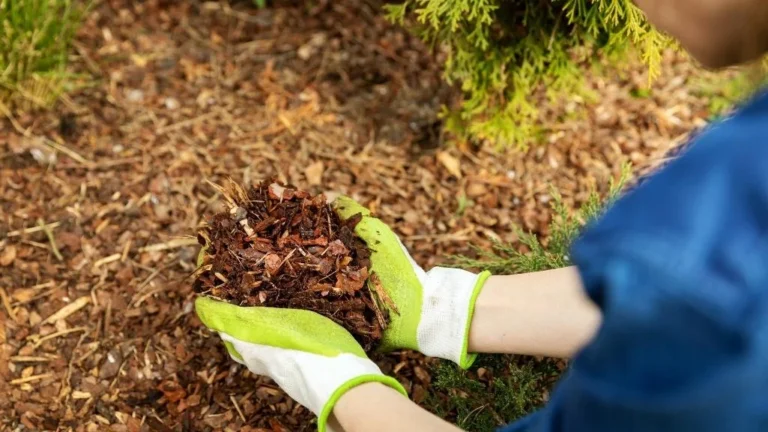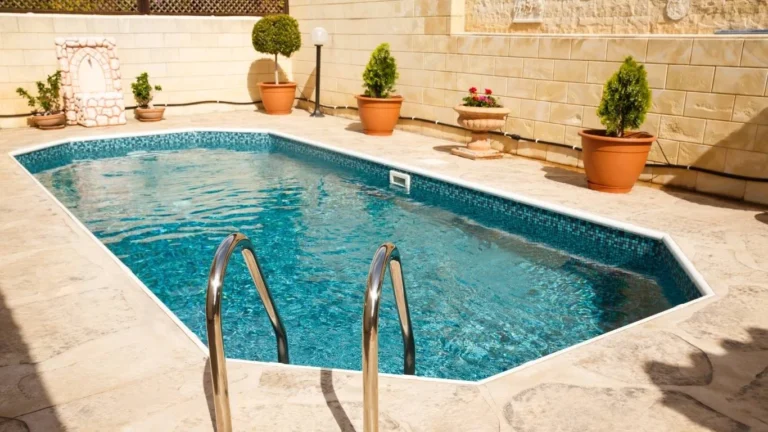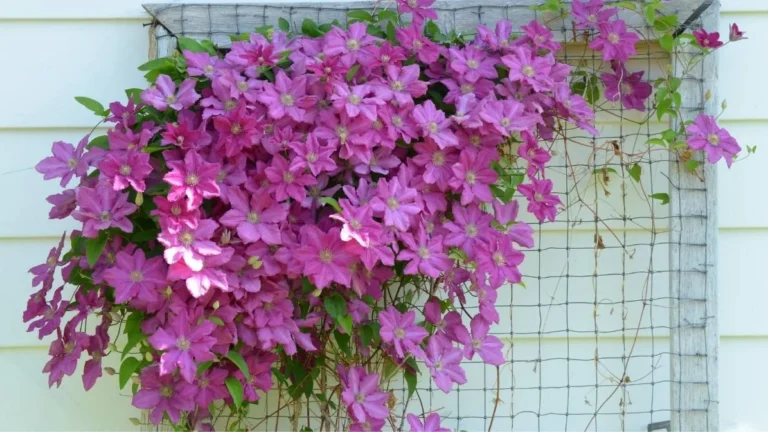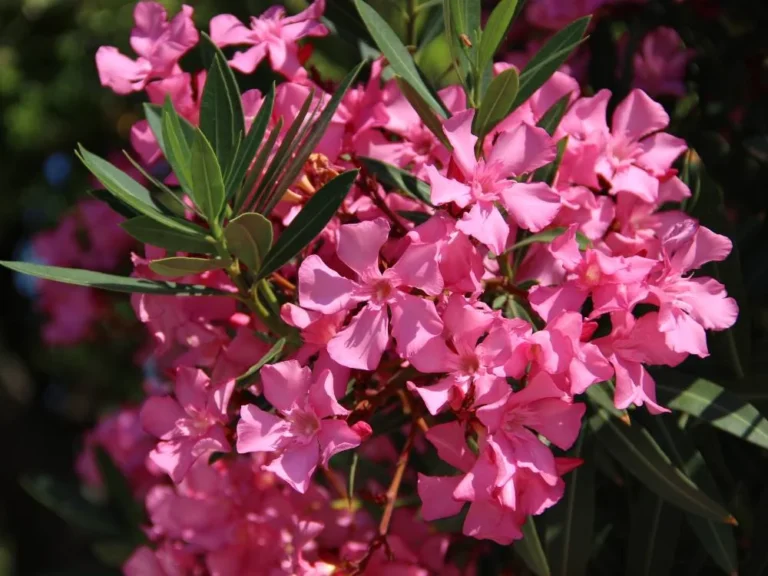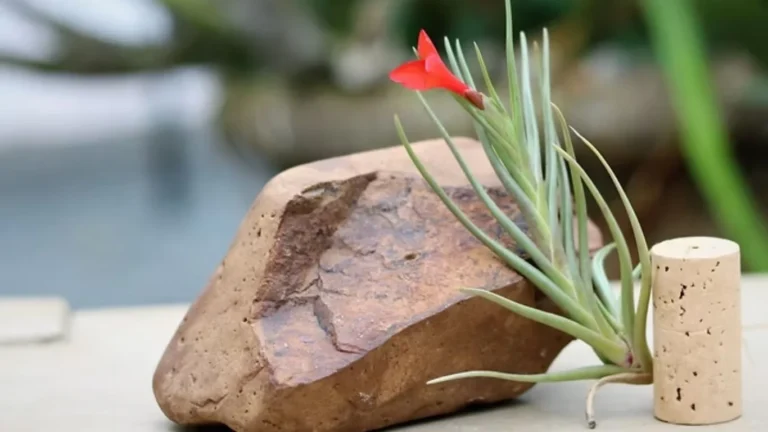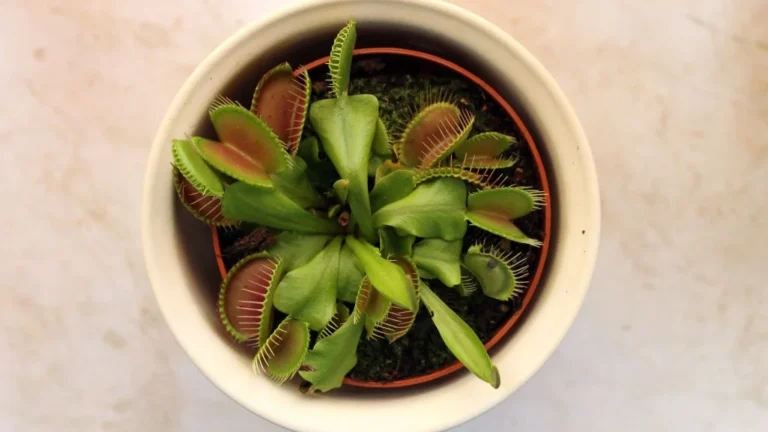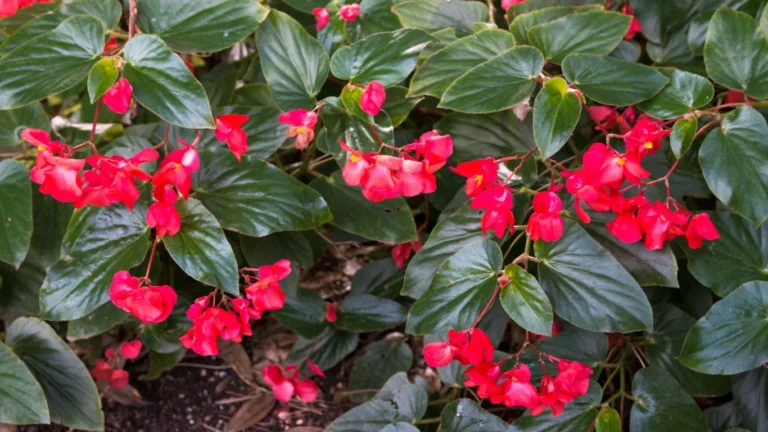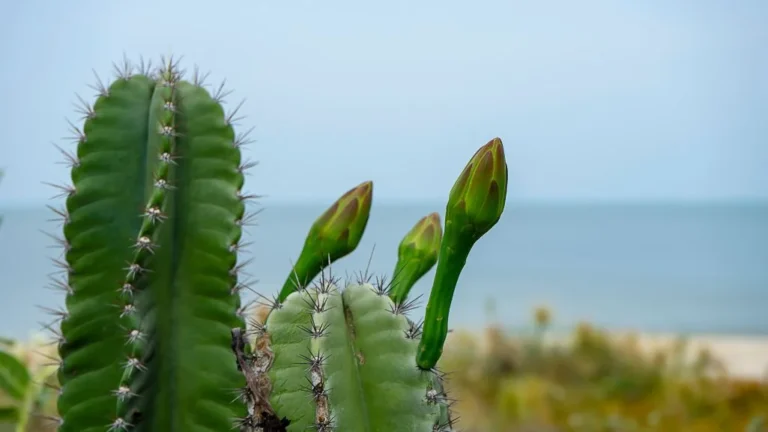ZZ Plant Features
Scientific name | Zamioculcas zamiifolia |
Family | Araceae |
Common names | Zanzibar Gem, Zuzu plant, Aroid Palm, Eternity Plant, Emerald Palm, Zamioculcas, Zeezee plant |
Native | Eastern Africa |
Hardiness Zone | USDA 9 to 10 |
Bloom | Rarely |
Caution: The ZZ plant is toxic to people and pets.
Appearance
Leaves
The Zz plant has dark green, thick, waxy textured leaves. Leaves on both sides of the thick upright stems give a feather-shaped look. In the case of variegation, we can see light green, yellow, and black colors.
Height
This plant can grow up to 6 feet in the right environment. In an indoor environment, it grows between 2 to 3 feet. Zamioculcas zamiifolia Zenzi is a dwarf ZZ plant that naturally grows shorter.
Types of ZZ Plant (Zanzibar Gem)
ZZ plant has different varieties. Commonly seen varieties are Zz Zenzi, Zz Black Raven, Zz Zamicro, Zz Congo Black, Zz Dowon.
Growing Conditions
Requirements for zz plant at a glance
Elements | Requirement |
Sunlight | Low -bright sunlight |
Temperature | 60°F to 75°F |
Humidity | 40-60% |
Soil pH | 6.0-7.0 |
Soil mixture | Extremely well drained |
Container | Container with drainage hole |
Water | When the soil dries out |
Fertilizer | Once in a 3 to 4 months |
Note: The soil pH level indicates how acidic or neutral the soil is. On a scale of 1 to 10, with 7 indicating neutrality, a pH value less than 7 indicates acidity, while a value greater than 7 indicates alkalinity. ZZ plant can adapt to acidic soil.
Soil Mixture
Zz plant requires extremely well-drained soil mix/ potting mix; otherwise, waterlogging or excessive moisture in the soil can kill the plant. So, the potting mix must contain at least 40-50% coarse sand, 20-30% indoor potting mix, and the rest of the perlite or orchid bark to keep the moisture level low.
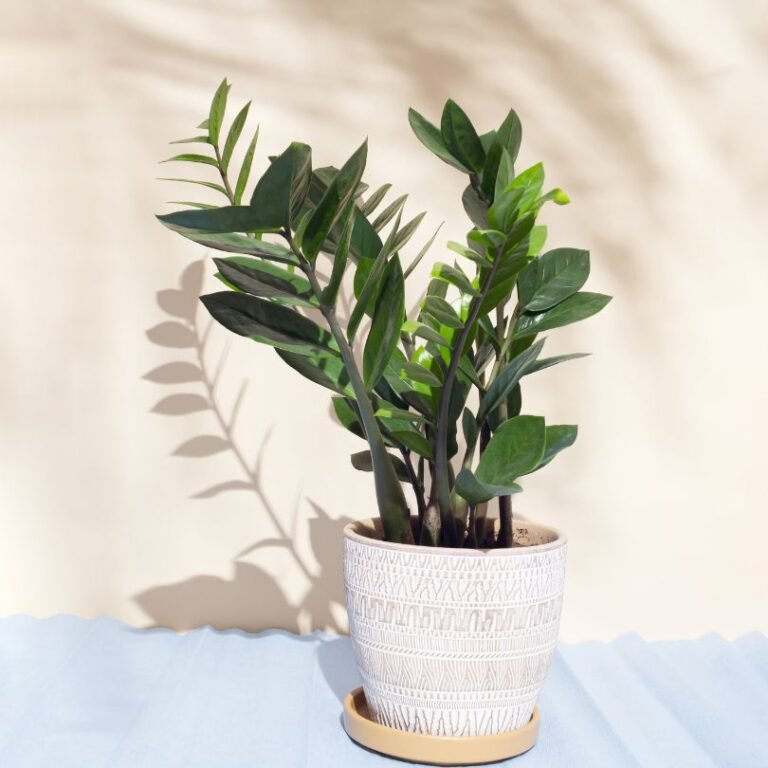
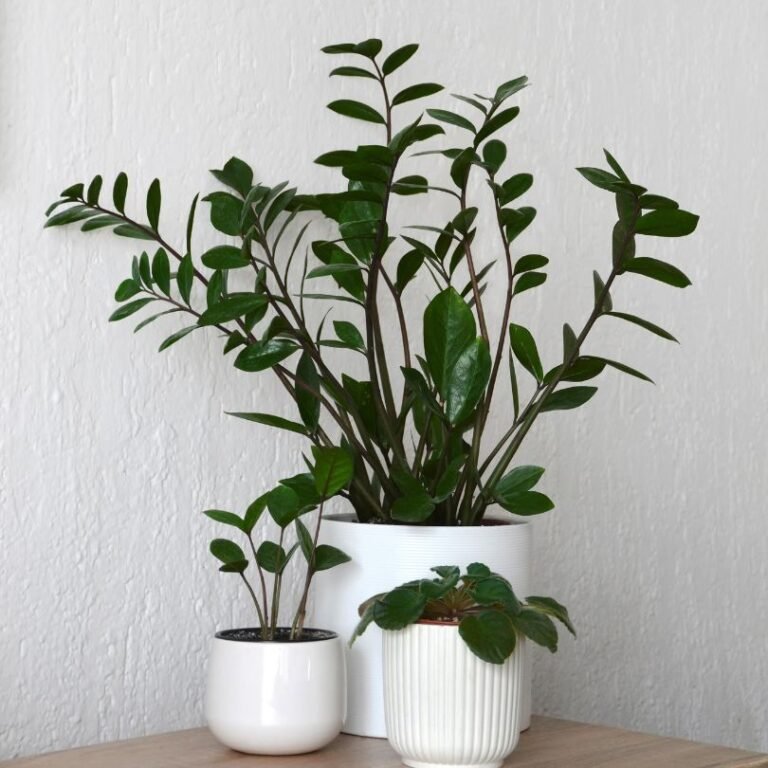
Container
The only way to kill ZZ plants is through over-watering or waterlogging. So, drainage holes are a must below the container. I have chosen clay and terracotta pots for my ZZ plants as these pots don’t retain moisture for too long. However, ordinary nursery pots are also acceptable if they have sufficient drainage holes. A decorative container without drainage can also be used by placing a nursery pot with drainage holes inside the decorative container. The following must be kept in mind while choosing a container for the ZZ plant.
- Zz plant likes to be root-bounded, so don’t choose a huge pot. Try a container that is 20% bigger than the current root system. If the container is huge, then the soil will retain more moisture, which can lead to root rot.
- Ensure drainage holes below the pot.
Sunlight
I have various ZZ plants, which I have placed in different lighting conditions. I have observed that the plant I have put in a bright light space has better growth than the plant I have placed in low light condition. The latter one also seems to have leggy growth. So, the ZZ plant can grow well in low-light conditions. But if provided with bright indirect light, the plant will thrive. This plant can also tolerate 1-2 hours of direct sunlight.
Water
ZZ plants don’t require much water. They have potato-like roots, named Rhizomes, that store water. The plant also holds water in its stems and leaves, which makes it drought-tolerant and sensitive to overwatering. So, the best way to water them is to wait for the soil to completely dry before watering. Here, the finger dip test can be done. If two inches of the upper layer of soil is found to be dry, the plant should be watered. Generally, the ZZ plant requires water twice or thrice a month. Like other houseplants, the water requirement for Zz plant increases in summer and reduces in winter. ZZ plants can be watered in both.
Fertilizer
ZZ plants do not require too much fertilizer. If the plant has just been repotted, it will not need fertilizer for the next 9-10 months. Otherwise, NPK (nitrogen, phosphorus, and potassium) 10-10-10 can be given every quarter. Avoid fertilizing Zz plant in winter.
Re-potting
Repotting means changing the existing container of the plant. Zz plant should be repotted after buying a new plant when the roots become visible from the upper part of the soil or the roots start to come out of the pot through drainage holes. Another sign of the necessity of repotting is stunted growth instead of providing sufficient light, water, and nutrition. Generally, this plant requires repotting every 2-3 years.
Guidelines for re-potting
- After buying a new Zz plant, wait some days before repotting. Let the plant adjust to the new environment.
- Repot the plant during summer or spring. Avoid winter and fall to re-pot any houseplant.
- Choose a container that is larger than the current pot.
- Prepare a well-drained potting mix according to what was mentioned earlier.
- While repotting, gently remove the plant from the existing container with soil.
- Inspect the roots of the Zz plant for rot or fungal diseases before putting the plant in the new container. At this time, the roots can be separated for propagation.
- Now, put the plant with the old soil around its root into the new container, and then fill the container with a new potting mix. Press the soil to fill any air pockets and secure the root ball.
- Pour an optimal amount of water immediately after repotting (pour water until it comes out of the drainage hole).
- After repotting, keep the plant stable and avoid putting fertilizer.
- The plant is ready for regular care after 10-14 days.
Pruning
Pruning doesn’t help the ZZ plant for extra growth. Removing dead/yellow leaves or diseased leaves is necessary. You can also prune stems of leaves for propagation. Summer and spring are the best time for pruning as these seasons are growing periods. Use a sharp, sterilized blade or scissors for pruning.
Pest
ZZ plant is a strong plant when it comes to pests. But it can be attacked by pests in poor conditions. The common pests that may attack the plant are mealybugs, spider mites, aphids, scale insects, and fungus gnats. Inspect the plant regularly and wipe the leaves from top to bottom to prevent pests or diseases.
Things to do when you see any pests:
- Immediately separate the plant from other plants.
- Spray a very small amount of neem oil mixed with water or soapy water to eliminate mealybugs and spider mites.
- Remove the pests using a soft, damp cotton fabric.
- In the case of fungus gnats, repot the plant. A solution of 3% hydrogen peroxide mixed with water in a ratio of 1:4 can also be used to get rid of fungus gnats.
Other Common Issues
- Yellow leaves occur due to overwatering or waterlogging (water stuck in soil), which can lead to root rot.
- Light yellow leaves or leaf browning can be caused by excessive sun exposure. This can be a fertilizing issue, too. If you have put fertilizer in recent days, it is a sign of excessive fertilizer. On the other hand, if the plant didn’t get fertilizer for years, then this is a sign that the plant needs fertilizer.
- Leaf dropping and stem crinkle occur due to underwatering. If the leaves are dropping and getting soft, then it means the plant is thirsty.
- Black spots in leaves and mussy stems are signs of fungus attack to the roots. Repot the plant immediately.
Propagation
ZZ plant propagation is an interesting process. It is also a lengthy process for someone like me who keeps counting the days for the stems to come out. ZZ plant can be propagated in three ways.
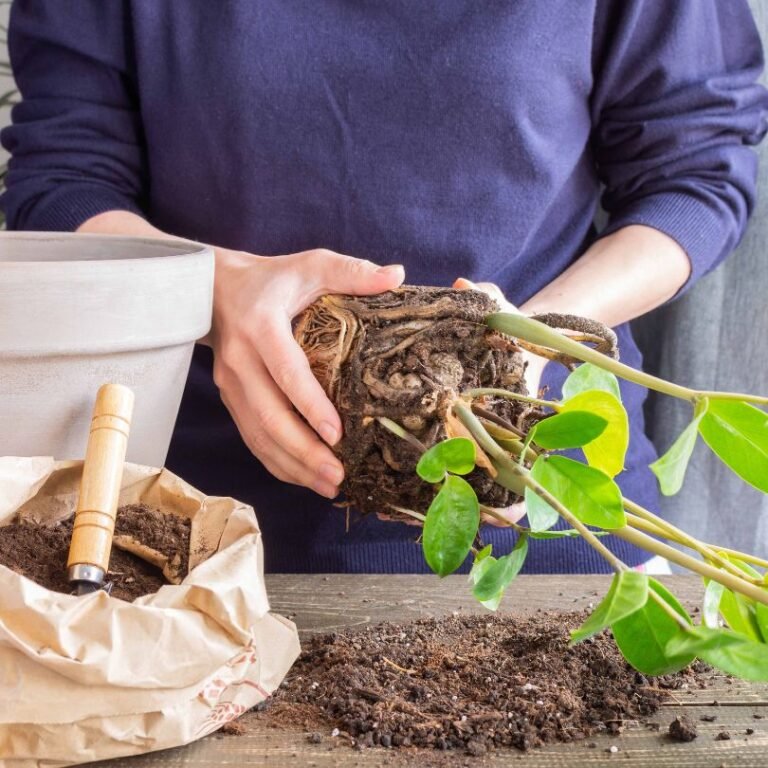

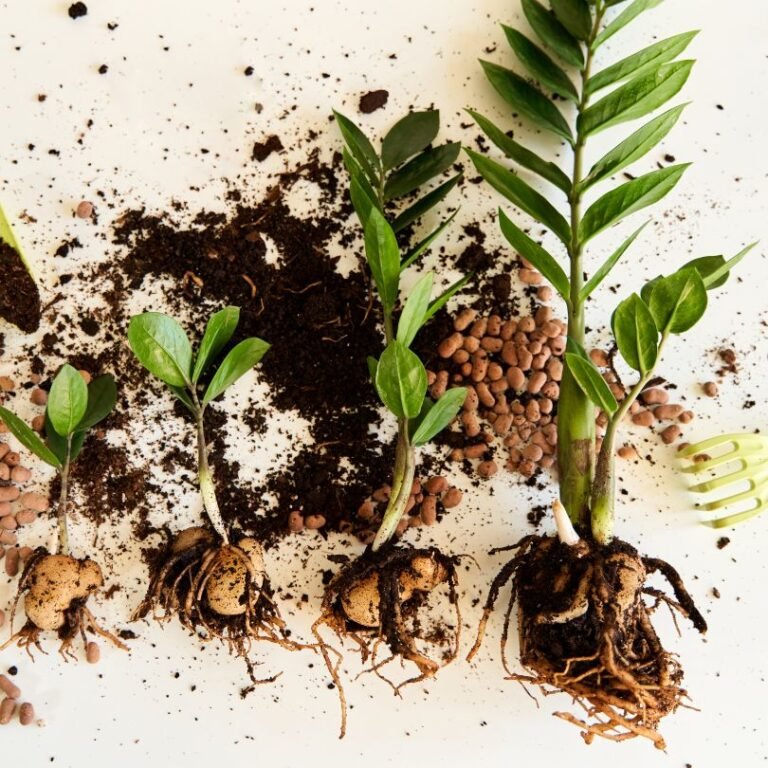
By division
This is the most used and successful process for propagating the ZZ plant.
- Choose a ZZ plant with root bounds or plenty of rhizomes.
- Now, gently remove the plant from the container and find the root connection between the potatoes.
- Then separate the roots using hands. If needed, a sterilized blade or scissors can be used.
- Put the new division in a soil mixture made with coco peat and perlite and put the mother plant back into its container.
- Ensure bright indirect light and humidity for the new plant.
- Once the roots have matured, the plant should be potted in the perfect soil mixture for the ZZ plant.
Leaf- cutting
Leaf-cutting is a process where the success rate is lower than the earlier process.
- First, choose a healthy stem from which to collect some leaves by pinching.
- Applying root hormones at the leaves’ end is optional but can increase the chance of propagation.
- Now prepare soil mix using coco-coir and perlite/ rice-husk.
- Pair small cups with soil mix, and place the leaves vertically.
- Keep the cups in bright light and maintain moisture in the soil.
- You can also put the leaves in water. In that case, remember to change the water every seven days.
- Within a month, new roots will be visible; rhizomes will also be visible after two months.
- When the roots are matured, place the plant in a regular potting mix for the ZZ plant.
Stem cutting
- First, choose a healthy stem. Cut the stem into pieces with at least two leaves.
- Applying root hormones at the end of the cuttings is optional, but this can increase the chance of propagation.
- Now prepare soil mix using coco-peat and perlite/ rice-husk.
- Take small cups, fill them with soil mix, and place the cuttings vertically.
- Keep the cups in bright light and maintain moisture in the soil.
- You can also put the cuttings in water. In that case, remember to change the water every seven days.
- Within a month, a new root will be visible; then, after two months, rhizomes will also be visible.
- When the roots are matured, place the plant in a regular potting mix for the ZZ plant.
In stem cutting, plants can be grown from the stem without any leaves. The process is the same as mentioned earlier. Simply, put the stem in a potting mix or water and maintain proper light and moisture.
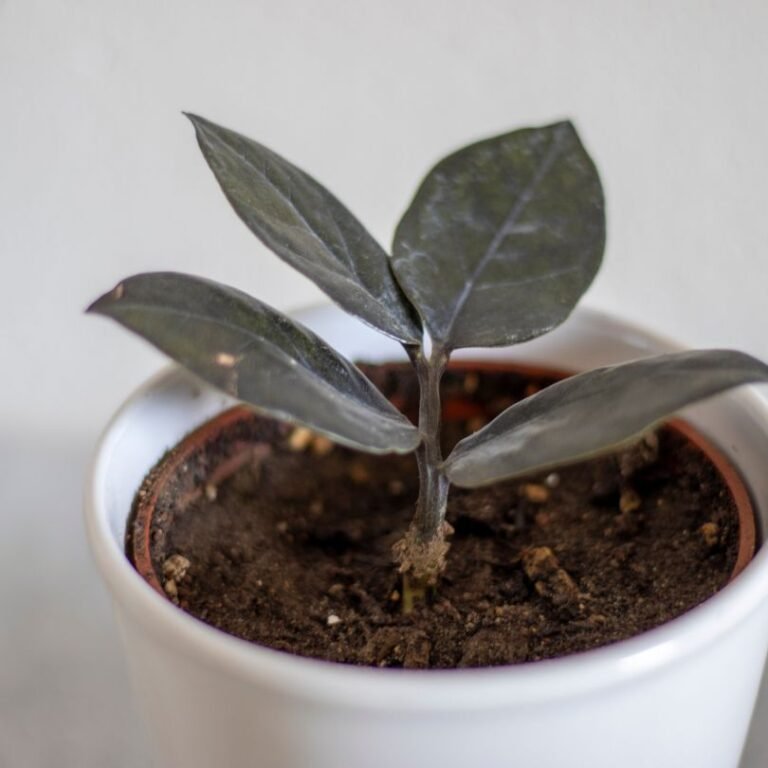
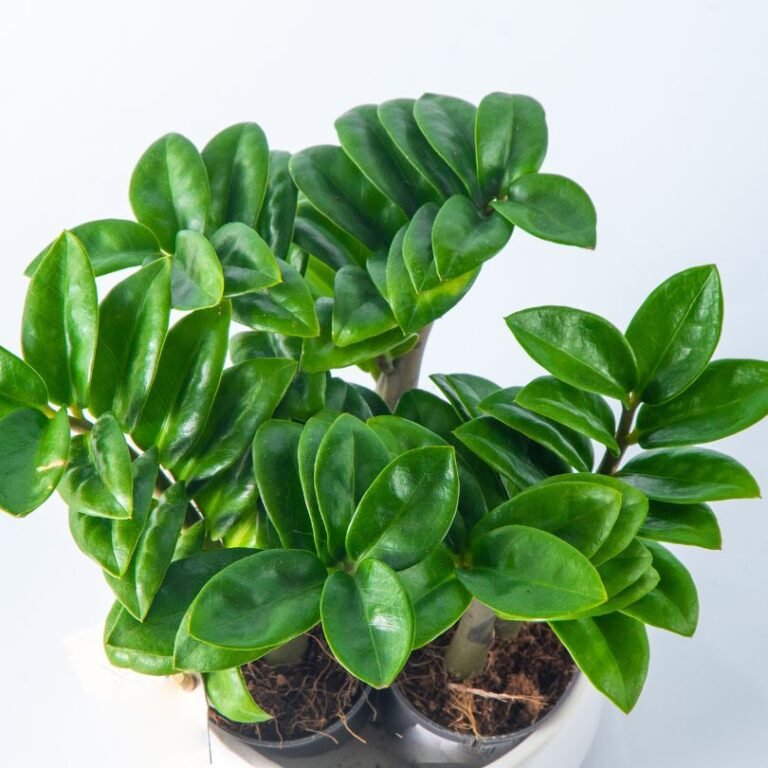
Tips for Zz Plant (Zanzibar Gem)
- Don’t re-pot too frequently. This plant likes root bounding.
- Wipe the leaves regularly. This will increase photosynthesis.
- Maintain a watering routine. Don’t water it on and off. Try to water the plant every 15-20 days.
- The ZZ plant survives in low light, but putting them in a bright light condition is essential for better growth. In bright light, it also blooms with beautiful white flowers.
- Loosen the upper part of the soil for good aeration and prevention from different diseases.
Frequently Asked Question
Is Zz plant poisonous to pets and children?
Yes, the ZZ plant is considered poisonous. Its leaves and stems contain calcium oxalate crystals, which can irritate if ingested or if the sap comes into contact with the skin. It’s best to keep the plant out of reach of pets and children and handle it carefully.
How much sun does Zz plant need?
The ZZ plant does need some light, but it doesn’t require direct sunlight. It thrives in low to moderate indirect light. Too much direct sunlight can scorch its leaves.



